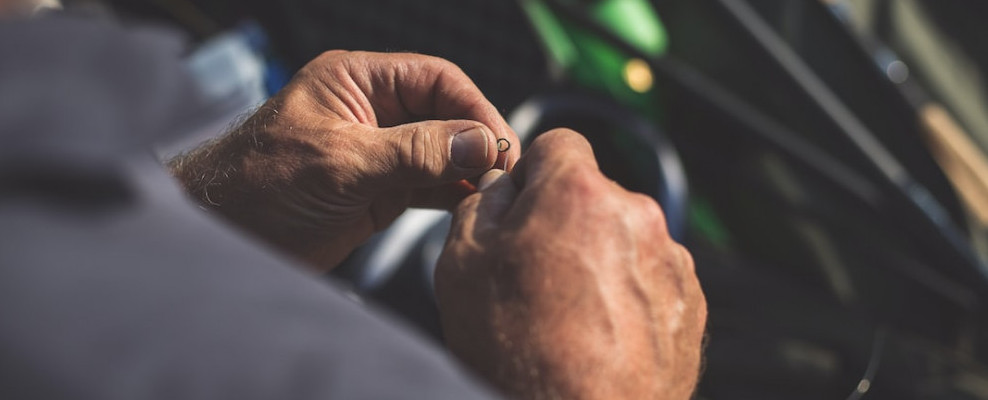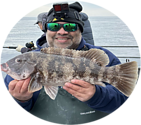
As anglers, we understand the critical role that strong and reliable knots play in our fishing endeavors. Whether you’re a seasoned angler or just starting out, knowing how to tie the right knots can make all the difference between landing the big one or losing your prized catch. In this blog post, we will explore some of the best fishing knots to tie and provide step-by-step tutorials on how to master them. So grab your fishing line and let’s get started!
1. Improved Clinch Knot:
The Improved Clinch Knot is a versatile and widely used knot that is perfect for attaching hooks, lures, and swivels to your fishing line. Follow these steps to tie it:
a. Pass the tag end of the line through the eye of the hook or lure.
b. Wrap the tag end around the standing line 5-7 times.
c. Insert the tag end through the loop closest to the eye of the hook.
d. Pass the tag end through the large loop created above the wraps.
e. Moisten the knot and tighten it by pulling the tag end and the standing line simultaneously.
2. Palomar Knot:
The Palomar Knot is renowned for its strength and simplicity. It is particularly useful for attaching braided lines to hooks, swivels, or lures. Follow these steps to tie it:
a. Double about 6 inches of the line and pass it through the eye of the hook.
b. Tie an overhand knot with the doubled line, forming a loop.
c. Pass the hook through the loop.
d. Moisten the knot and pull both ends of the line to tighten it.
3. Uni Knot:
The Uni Knot, also known as the Duncan Knot, is an all-purpose knot that is easy to tie and works well with both monofilament and braided lines. Here’s how you tie it:
a. Pass the line through the eye of the hook or lure, forming a loop alongside the standing line.
b. Make 4-6 wraps around the standing line and the doubled line.
c. Pass the tag end of the line through the loop created above the wraps.
d. Moisten the knot and tighten it by pulling the tag end and the standing line simultaneously.
4. Blood Knot:
The Blood Knot is an essential knot for joining two lines of similar diameter, such as when you need to add a leader to your main line. Follow these steps to tie it:
a. Overlap the ends of the two lines to be joined.
b. Take one end and wrap it around the other line for about 5-7 turns.
c. Bring the tag end back between the two lines.
d. Repeat the previous steps with the other line, wrapping it in the opposite direction.
e. Moisten the knot and pull both ends of the lines to tighten it.
Mastering the art of tying fishing knots is crucial for any angler. The Improved Clinch Knot, Palomar Knot, Uni Knot, and Blood Knot are fundamental knots that every angler should know. By following the step-by-step tutorials provided, you can practice these knots until they become second nature. Remember to always moisten the knots before tightening them and test their strength before heading out on your fishing adventures. With these essential knots in your repertoire, you’ll have the confidence to tackle any fishing situation that comes your way. Happy fishing and tight lines!
Meet The Author

Meet Keith, a passionate angler and the author of the popular fishing blog, “Anglers Hub.” Keith grew up in a NYC where fishing wasa way of life. As he got older, Keith’s love for fishing only grew stronger, and he decided to share his knowledge and experiences with his children and others through his blog. His son Pedro is a brand ambassador for Tsunami Tackle and S&S Bucktails two of the top brands in fishing.
In this article, you may come across affiliate links, which are links that lead to products or services that are being promoted. These links are specially formatted so that when a reader clicks on them and makes a purchase, the author of the article may receive a commission from the company that sells the product or service. It’s important to note that the use of affiliate links doesn’t affect the price you pay for the product or service. Instead, it’s a way for the author to earn a small percentage of the sale, which helps them to continue creating valuable content. Rest assured that any products or services recommended in this article have been carefully selected and are only included because the author believes they will be of value to the reader.